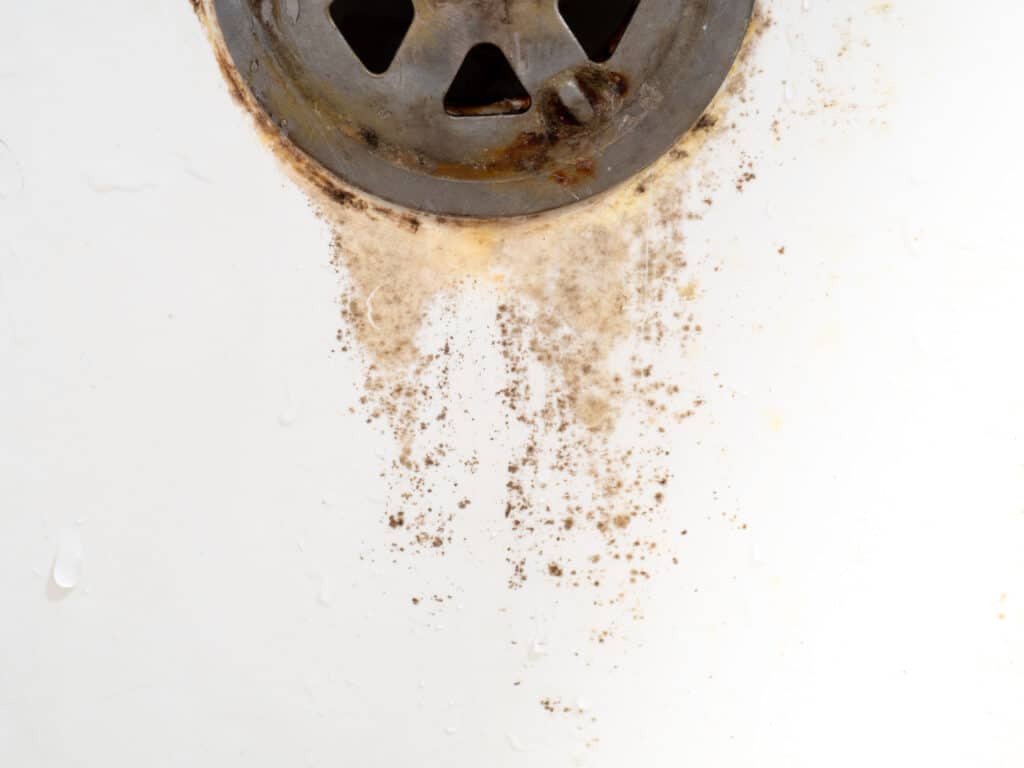Addressing Iron and Manganese in Water
Protecting Quality and Consumer Satisfaction
Iron and manganese are naturally occurring minerals often found in groundwater and surface water supplies. While not harmful in small amounts, their presence in excess concentrations can cause significant problems for water systems and end users:
- Staining: Iron and manganese oxidize upon exposure to air, forming reddish-brown (iron) or black (manganese) precipitates. These precipitates stain laundry, plumbing fixtures, and appliances, leading to frequent consumer complaints.
- Taste and Odor: Even low concentrations can impart a metallic taste to drinking water, making it unappealing. Manganese, in particular, can also produce a musty or bitter odor.
- Water Clarity: Suspended iron and manganese particles cause discoloration and turbidity, reducing the perceived quality of the water.

Operational and Maintenance Challenges
Excessive iron and manganese can cause serious problems for water distribution systems and infrastructure:
Filtration Overload: Traditional filtration systems can struggle to handle high levels of iron and manganese, requiring more frequent maintenance and filter replacements.
Scale Formation: These minerals can precipitate and build up inside pipes, pumps, and valves, reducing flow capacity (C-factor) and increasing pumping energy costs.
Corrosion: Iron and manganese deposits can accelerate corrosion of metal surfaces, further damaging infrastructure and leading to costly repairs.
Health Implications
While iron is not considered a health hazard, manganese has emerged as a concern due to its potential health effects, especially in vulnerable populations:
Regulatory Standards: To protect public health, the U.S. EPA has set a Secondary Maximum Contaminant Level (SMCL) of 0.3 mg/L for iron and 0.05 mg/L for manganese, although states and other countries may impose stricter limits.
How Carus Can Help
Carus’ permanganate solutions oxidize iron and manganese into insoluble particles, simplifying removal through filtration:
Reliable Products:
CAIROX® and AQUOX® potassium permanganates and CARUSOL® liquid permanganate offer scalable oxidation solutions.
System Integration:
Works seamlessly with filtration systems to reduce maintenance costs.
Solutions in Action
- Prevent staining and scale formation.
- Achieve EPA-recommended or other water quality standards.
Resources
Solve Your Iron and Manganese Problems
Learn more about Carus’ effective solutions.

